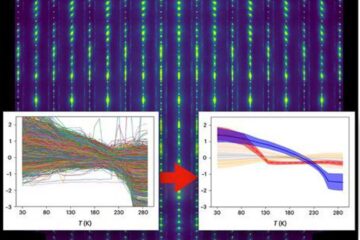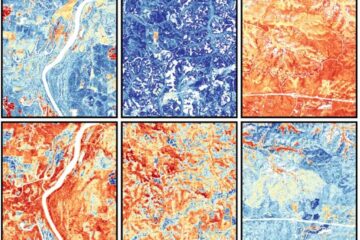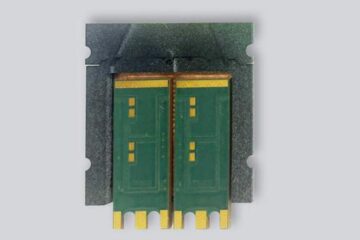Goodbye to batteries and power sockets

Production often comes to a standstill until the error has finally been pinpointed – and that can take hours. The causes are legion; in many cases it is all due to a single interrupted contact.
Consequently, many manufacturers have long been hoping for a technology that will work without vulnerable power and data cables. The idea is basically feasible, using small devices that harvest energy from their surroundings and provide their own power supply rather like a solar calculator. Experts speak of energy self-sufficient sensor-actuator systems. These high-tech components normally consist of a sensor, a processor and a radio module.
They measure position, force or temperature and transmit the data instantaneously by radio. In this way, vital machine data reach the control center without using cables at all. Is the machine overheating? Is the drive shaft wearing out?
So far, however, there are hardly any off-the-shelf solutions with their own energy supply. Research scientists from the Fraunhofer Technology Development Group TEG in Stuttgart have now joined forces with industrial partners and universities in the EnAS project, sponsored by the Federal Ministry of Economics and Technology, to build a transportable demonstrator. This is a miniature conveyer system driven by compressed air that transports small components in an endless cycle.
The round workpieces are picked up by a vacuum gripper, transported a short way and set down on a small carrier, which conveys the parts back to the starting point. All steps of the process are monitored by sensors as usual. The special feature of the demonstrator is that the sensing elements have no need of an external power supply. The machine uses photo diodes, for instance, to check whether the carrier has been correctly loaded – if so, the light from the diodes is obscured by the workpieces. Solar cells supply the energy for this workpiece detector.
Another example are pressure sensors which monitor the work of the vacuum gripper. In this case, the power is supplied by piezoelectric flexural transducers. The piezoelectric elements contain ceramics that generate electricity on being deformed. This deformation happens when the vacuum pump is switched on and off. The electricity thus generated is sufficient to send an OK signal to the central control unit. The sensor thus draws its power from pressurized air that is present anyway.
Within the next two years, the various system components are expected to make their way into everyday industrial use.
Media Contact
All latest news from the category: Power and Electrical Engineering
This topic covers issues related to energy generation, conversion, transportation and consumption and how the industry is addressing the challenge of energy efficiency in general.
innovations-report provides in-depth and informative reports and articles on subjects ranging from wind energy, fuel cell technology, solar energy, geothermal energy, petroleum, gas, nuclear engineering, alternative energy and energy efficiency to fusion, hydrogen and superconductor technologies.
Newest articles

Machine learning algorithm reveals long-theorized glass phase in crystal
Scientists have found evidence of an elusive, glassy phase of matter that emerges when a crystal’s perfect internal pattern is disrupted. X-ray technology and machine learning converge to shed light…

Mapping plant functional diversity from space
HKU ecologists revolutionize ecosystem monitoring with novel field-satellite integration. An international team of researchers, led by Professor Jin WU from the School of Biological Sciences at The University of Hong…

Inverters with constant full load capability
…enable an increase in the performance of electric drives. Overheating components significantly limit the performance of drivetrains in electric vehicles. Inverters in particular are subject to a high thermal load,…





















